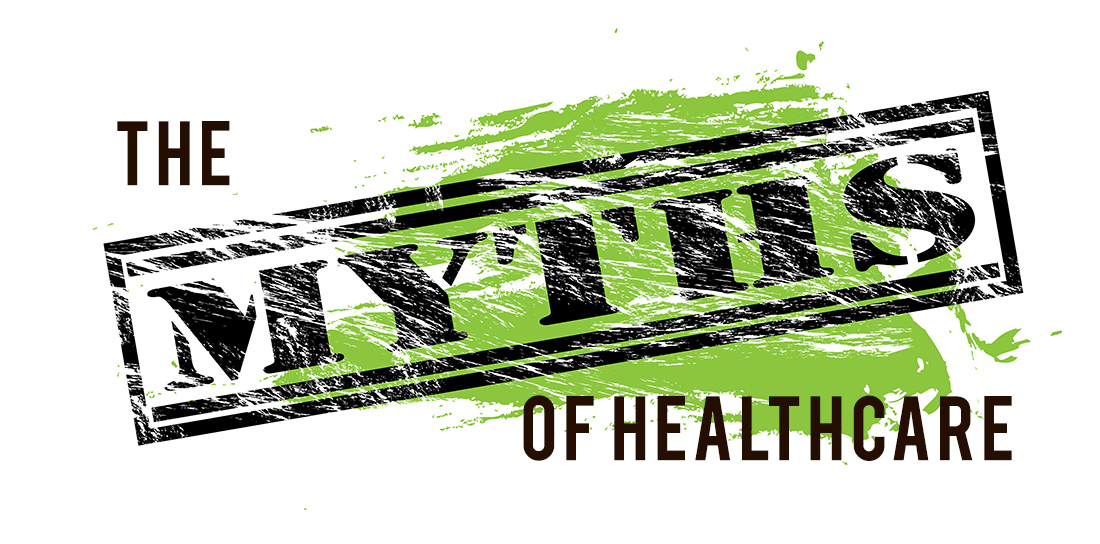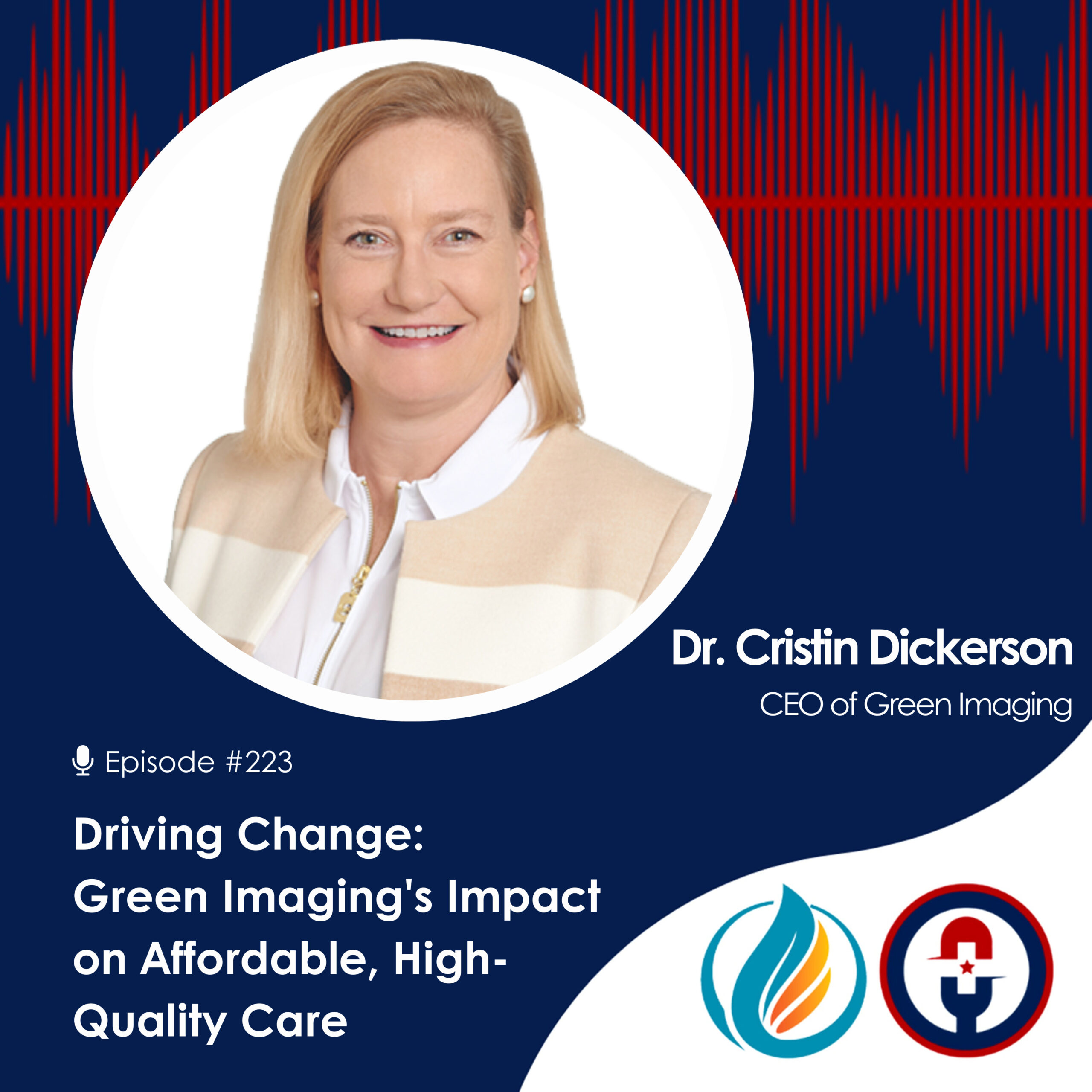The Myths of Healthcare

Healthcare is Complex --- A Gross Understatement
To say that the topic of healthcare in America is complex would be a gross understatement. Healthcare, as it stands today, is immensely complicated with numerous factions and third parties vying to have a say in an industry that represents nearly >18 percent of the US economy and touches every facet of our lives.
A recent comprehensive study comparing the quality of healthcare in the United States with that of its peers appears to disprove the notion that the US lags behind in quality of care. However, the study did confirm that when it comes to the use of certain medical services, for example, expensive imaging tests, the US far outspent other countries.
The study concludes that the current system and high healthcare spending is unsustainable, something I've been stating for quite some time in my writing for the Green Imaging Blog (see Predatory Pricing and the American Healthcare System).
"When it comes to healthcare in America, pricing transparency simply does not exist. Instead, our healthcare system is notoriously opaque, beset by systemic complexities, confusing to consumers, and costly."
--- DR. CRISTIN DICKERSON, MD
It does also suggest that the United States isn’t the only country grappling with healthcare issues. Each country, from single-payer stalwarts such as Britain and Canada to nations with well developed private healthcare marketplaces, were shown to be dealing with their own unique and sometimes idiosyncratic problems. In other words, healthcare is hard and while we don’t rank near the top in terms of healthcare quality, we certainly aren’t the worst when it comes to quality.
Unfortunately, while the quality of care was firmly middle of the pack, prices for the labor and goods used to deliver care were found to be much higher than everyone else. In other words, high prices are the reason healthcare costs so much for most consumers. This conclusion is so simple as to be totally obvious. Of course, high prices would translate into higher healthcare costs. However, it took a large, comprehensive, peer-reviewed study to furnish the proof and to disprove many of the myths about high healthcare costs in the United States, such as supposed over-utilization of medical services and the over-proliferation of medical specialists at the expense of general physicians.
Myths Busted
Two of the most pervasive myths about the US healthcare system that have taken hold in recent years are the ideas of over-utilization and over-specialization. The theory of over-utilization suggests that people in the United States simply use more health care goods and services than other people in the world.
While it is true that the population of the United States tends to suffer from higher rates of obesity, diabetes, and other so-called lifestyle diseases when compared to other developed nations, the review shows that Americans actually utilized healthcare goods and services at about the same rate, and in some cases less than citizens of other high-income countries. US healthcare utilization rates are about the same as other comparable nations. The difference is in the price of those goods and services.
For example, a person in America might pay $13,000 for an MRI at a specialty hospital while a person in France may only pay $300 for the exact same procedure at a similar hospital. With a pricing differential this extreme, it’s a small wonder the United States spent nearly twice as much as 10 high-income countries on medical care in 2016 without a commensurate bump in quality. We’re buying the same goods and services, and in the same amount as everyone else, we’re just being charged up to 900 percent more! Doesn't this sound like predatory pricing?
"80% of medical care could be handled at the primary care level, by independent doctors. Instead, we are paying inflated hospital rates for 70% of care in this country."
--- DR. CRISTIN DICKERSON, MD
Another myth is the idea of over-specialization. This popular myth is the idea that because medical specialists such as neurosurgeons and cardiologists can generate significantly more income than a family doctor or general physician, too many doctors become specialists at the detriment of the general public who are more likely to get the flu than require brain surgery. This myth is easily and convincingly disproven by the study which found that about 43 percent of U.S. doctors practice primary care medicine. The rest of the world had a similar ratio of primary care doctors to specialists.
The 3 Culprits Behind High Healthcare Costs
If over-utilization and over-specialization are not significant drivers of high healthcare costs, then what are the culprits?
The study identifies two key drivers: rising healthcare prices and hospitals and medical centers charging whatever they want.
There is a third driver of great importance that is not touched upon specifically: the dominance of hospital conglomerates.
1. High Prices for Goods and Services
The review concludes that there are far fewer differences between the U.S. healthcare system and those of other high-income developed nations. Rather, the principle driver between the gap in costs between the United States and the rest of the world is the price of those goods and services. ACA healthcare plans being capped at 20% of revenue actually exacerbated this issue, insurers had a disincentive to hold down costs. I've touched on this in my article, When Spending More Doesn't Mean Better Health Care.
2. High Administrative Costs
Due to the designed complexity and lack of transparency in the U.S. healthcare system, administrative costs and fees for delivering and coordinating healthcare services were found to be significantly higher than the administrative costs of other countries. Not surprising when hospitals hire 10 administrators to every 1 physician. These salaries are passed down to the consumer and are in part directly responsible for spiraling out of control healthcare costs.
3. The dominance of Healthcare Monopolies
One key piece of missing information that hasn’t been noted in the ensuing press coverage of the review is the fact that what’s driving high prices is the lack of competition in key sectors of the healthcare industry.
Hospital groups, health insurance providers, medical device manufacturers, and pharmaceutical companies, for example, have experienced rapid consolidation in recent years. As a result, many sectors have become virtual monopolies and duopolies dominated by one or two big players who often dictate consumer prices with no adverse consequences.
The Role of Hospital Groups in Driving High Prices
Nowhere is the emerging landscape of healthcare monopolies more apparent than the rise of regional hospital groups and conglomerates, many "not for profit". Since the ACA went into effect, the rate of hospital mergers has increased by 70 percent. In 2015 alone, the rate jumped 18 percent. 70% of American physicians are now employed or subsidized by hospitals.
In a free and fair marketplace, when one good or service experiences a price hike, consumers simply substitute that good or service with another one. However, with healthcare, market rules do not always apply across the board. For example, no one is going to drive from the only hospital in their town to a competing hospital in another town during a medical emergency. Even worse, considering current trends, both hospitals are likely part of the same hospital chain and charge the same prices if you are fortunate enough to obtain the prices.
What this creates are conditions in which virtual monopolies of regional hospital chains exist throughout the United States where meaningful competition does not exist. This is only exacerbated by the growing trend of hospitals branching out of traditional institutional hospital buildings and into outpatient facilities, imaging clinics, and even purchasing local doctor groups. As these previously for-profit entities are taken over by not for profit, the communities tax rolls shrink as well.
Like the old vertically integrated monopolies of the Gilded Age, such as Standard Oil, hospital conglomerates have succeeded in many areas of the United States, particularly rural areas, in creating hermetically sealed healthcare fiefdoms in which there is only one meaningful healthcare provider.
Very importantly, the cost of care ordered by a hospital-employed or supported doctor is 2 to 3 times greater (or even more in some areas) for the same services than that care ordered by an independent doctor. 80 percent of medical care could be handled at the primary care level, by independent doctors. Instead, we are paying inflated hospital rates for 70 percent of care in this country.
The Green Imaging Difference
At Green Imaging, you can save between 50 and 80 percent of your out-of-pocket costs for MRI, CT, ultrasounds, and other high-quality imaging services. Affordable MRIs start for as low as $250, compared with $1,600 at other imaging facilities in the Houston area.
Don’t pay the monopoly price for an MRI. Go Green Imaging instead!








